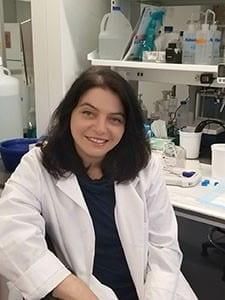Main Discipline(s):
Main Professional Societies:
Affiliation(s):
- Central regulation of metabolism under environmental stress and aging
- Neuroinflammation and aging
- American Diabetes Association
- American Aging Association
- The Society of Toxicology (SOT)
- Wayne State University, Department of Biological Sciences
- Wayne State University, Center for Molecular Medicine and Genetics
Tel-Aviv University Medical School with a Ph.D in Pathology.
My lab is focusing on the hypothalamic regulation of metabolism in states of environmental stress, obesity, and aging. The hypothalamus integrates information from the liver, muscle, fat, and other organs, and orchestrates whole-body metabolic homeostasis. We study signaling pathways operating in hypothalamic neurons and glia cells (astrocytes and microglia), which are highly relevant to the control of systemic metabolism and the age-associated changes in the glia-neuron interactions. We employ a multi-disciplinary approach to manipulate brain neurocircuits and nutrient-sensing pathways using cutting-edge molecular, genetics, and metabolic assessments in rodents.
I was trained in diabetes research focusing on diabetes skin complications since my Ph.D studies. During my postdoctoral work in Harvard Medical School, I worked on the role of insulin signaling in the brain, and since then I am hooked on the brain and specifically the hypothalamus as the metabolic center of the brain.
I am very excited to step into the new area of research for me, and to explore the links between exposure the air pollution and predisposition to metabolic disease. The association between pollution and diabetes is well documented now, but it is not clear how exactly various toxins in the air can cause diabetes and what is the mechanism behind it.
My Ph.D mentor Dr. Efrat Wertheimer. She was the one that inspired me to work hard and dream big.



